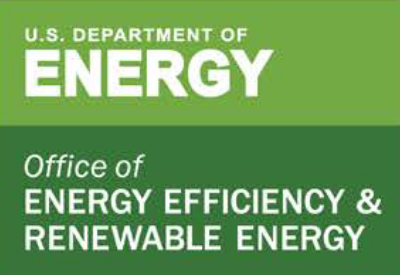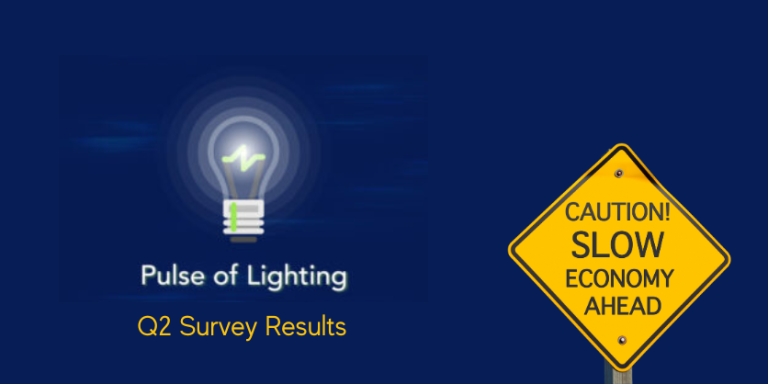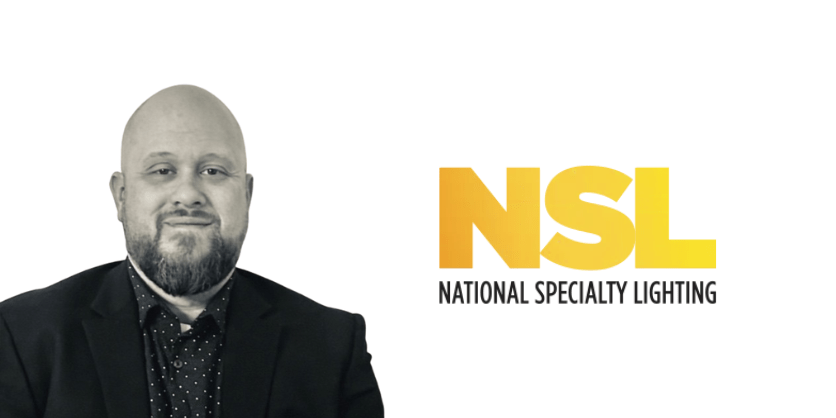DOE Research Reveals How SSLs Change Over Time

September 19, 2021
The U.S. Department of Energy (DOE) has released a report, Changes in SSL Device Efficiency and Optical Performance with Aging: Final Report, focusing on the long-term changes in light source, optical delivery, and spectral efficiencies that occur as Solid-State Lighting (SSL) devices age. It builds on a June 2020 initial report (Round 1). RTI International conducted both studies through a contract with KeyLogic Systems.
The four distinct LED devices under test in the final report have different form factors and achieve enhanced optical performance by different methods, but they all provide modified spectral outputs using mid-power LEDs. Two violet-pumped LED devices went through up to 14,000 hours of accelerated stress testing: two 6-inch downlights with manually switchable correlated color temperatures (CCT), achieved using blue-pumped LEDs at two different CCT values, underwent up to 12,000 hours of accelerated stress testing.
The efficiency of light delivered to the task by these devices received four elements of evaluation: light source efficiency, optical delivery efficiency, spectral efficiency, and intensity effectiveness. These elements represent the targeted areas of improvement for R&D to increase energy savings in SSL devices while providing new capabilities to the lighting system.
Key findings show there is a strong time dependence to source efficiency, optical delivery efficiency, and spectral efficiency that changes significantly with product design and use conditions. Managing these time-dependent aging factors requires knowledge of the limitations of materials used in all facets of the lighting system – from the LED phosphors to the secondary lenses. Accelerated stress testing can help provide that information in a reasonable timeframe.
As a newer lighting technology, it is important to understand how LED lighting degrades and fails over time. Prof. Dr. Ir. Willem D. van Driel, a member of the DOE LED Systems Reliability Consortium (LSRC), who was not involved in this research, noted that “understanding how SSL devices degrade over time is not only crucial from an engineering point of view, but also from a sustainability and circularity point of view.” This work by RTI and guided by the LSRC, he said, “brings us significant steps closer in understanding the degradation mechanisms within SSL devices.”
The DOE LED Systems Reliability Consortium is a forum for lighting experts to share technical information, in an ongoing effort to deepen the community’s understanding of LED product performance and reliability.










